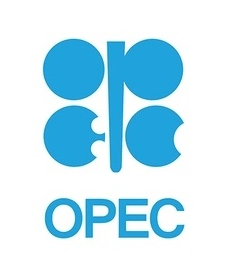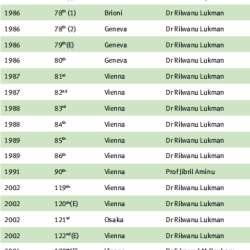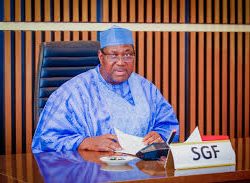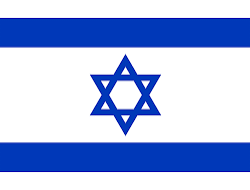OPEC’s Foundation and Founder Members
The Organization of the Petroleum Exporting Countries (OPEC) was founded in September 1960 in Baghdad, Iraq, with the signing of an agreement by five nations: Iran, Iraq, Kuwait, Saudi Arabia, and Venezuela. These five countries are recognized as the Founder Members of OPEC, and they sought to unify and coordinate petroleum policies among oil-producing nations to secure fair and stable oil prices, ensure regular supply, and protect their interests in the global market.
Expansion of OPEC Membership
Since its establishment, OPEC has expanded to include additional oil-exporting nations. The first country to join after the founding members was Qatar in 1961. Over the years, several others followed, expanding OPEC’s influence in global oil markets:
- Qatar (1961)
- Indonesia (1962)
- Libya (1962)
- United Arab Emirates (1967)
- Algeria (1969)
- Nigeria (1971)
- Ecuador (1973)
- Gabon (1975)
- Angola (2007)
- Equatorial Guinea (2017)
- Congo (2018)
Changes in OPEC Membership
Several countries have experienced fluctuating membership statuses over time:
- Ecuador: Ecuador initially joined OPEC in 1973 but suspended its membership in 1992. The country rejoined in 2007 but withdrew again, effective 1 January 2020.
- Indonesia: Indonesia joined in 1962 but suspended its membership in 2009. It reactivated its membership in 2016, only to suspend it again later that year in November.
- Gabon: Gabon terminated its OPEC membership in 1995 but rejoined the Organization in 2016.
- Qatar: Qatar terminated its OPEC membership on 1 January 2019 to focus on its natural gas sector.
- Angola: Angola, a member since 2007, has decided to withdraw its membership effective 1 January 2024.

As of January 2024, OPEC will have 12 active Member Countries following Angola’s departure.
OPEC’s Membership Criteria: Full Members and Associate Members
OPEC’s Statute outlines the distinction between Founder Members and Full Members. Full Members are countries whose applications have been accepted by OPEC’s Conference. According to the Statute, any country with a substantial net export of crude petroleum and interests aligned with OPEC can become a Full Member if approved by three-fourths of the existing Full Members, including unanimous consent from all Founder Members.
In addition to Full Members, the Statute also provides for Associate Members, which are countries that do not meet the criteria for full membership but are admitted under specific conditions approved by the Conference. These Associate Members participate in the Organization’s activities, though they do not have full voting rights or the same status as Full Members.
Conclusion
OPEC, founded by five visionary countries in 1960, has grown into a major force in the global energy market, with 12 active Member Countries as of 2024. The organization has continually evolved, with countries joining, rejoining, or leaving based on their national interests and priorities. Despite these changes, OPEC remains a key player in shaping global oil policies, with a robust structure that includes both Full and Associate Membership options, ensuring that it can adapt to the changing dynamics of the energy market.












